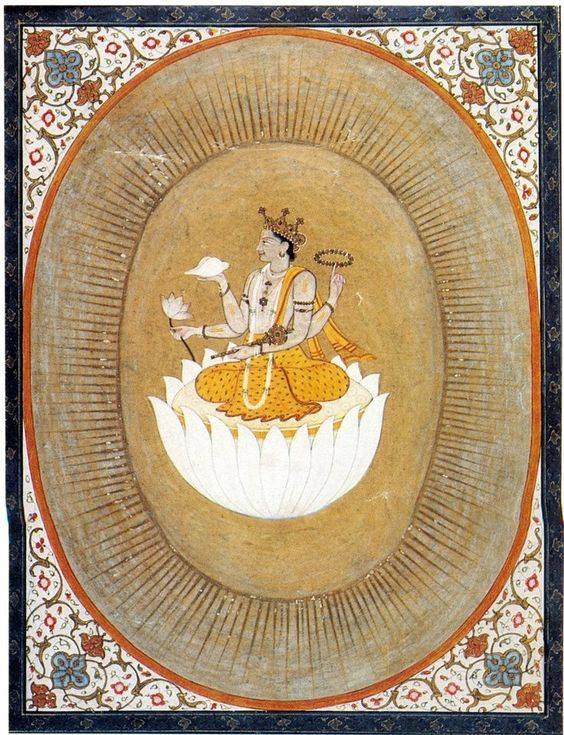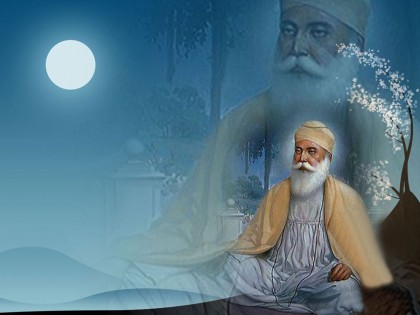Explore the intriguing portrayal of Adam in the Guru Granth Sahib and its parallels to the biblical account, highlighting divine disapproval and consequences.
Explore Ansa Avatars—divine incarnations created for specific purposes like defeating tyrants to spread righteousness. Learn more about their roles.
Explore Vishnu & Shiva incarnations in Hindu texts. Delve into epic stories and learn about the divine descent of deities. Uncover the spiritual significance.
BIHAGRE KI VAR, by Guru Ram Das, is one of the twenty-two vars included in the Guru Granth Sahib. The Var, originally comprised pauris which were prefaced with slokas, or couplets, by Guru Arjan at the time of the compilation of the Guru Granth Sahib. All the twenty-one pauris are of the composition of Guru Ram Das. Of the forty-three slokas, thirty-three are by Guru Amar Das, four by Guru Nanak, two each by Guru Ram Das and Guru Arjan, one by Kabir and one by Mardana. Each pauri is preceded by two sJokas except pauri 12 which has three sJokas prefixed to it.
BRAHM DAS, PANDIT, described in the Puratan Janam Sakhi as a learned man of Kashmir, is said to have been a resident of Bij Bihara, near Matan. Once Guru Nanak journeying through the valley halted close to where he lived. As Brahm Das, proud of his learning, heard of the arrival of afagfr, holy man, he came in his accustomed manner with his packs of Puranas and other old texts amounting to "two camel loads" and with a stone idol suspended from his neck. No sooner had he uttered his greeting than he began questioning the Guru on how he clad himself, what ritual he observed and what food he ate.
Unveil the intriguing tales of Brahma, the lotus-born creator, intertwined with divine egos, maya, and cosmic duties in Hindu mythology.
Discover the myth of the Cosmic Egg, Brahma's creation story, and Guru Nanak Dev's unique perspective on transcendental creation and existence.
GOD, a term used to denote any object, of worship or evocation, signifies the belief of most modern religions in the existence of a Supreme Being who is the source and support of the spatio temporal material world. Theologians remember Him by the name of God. The fundamental belief of Sikhism, too, is that God exists, not merely as an idea or concept, but as a Real Being, indescribable yet not unknowable. The Gurus, however, never theorized about proofs of the existence of God. For them He is too real and obvious to need any logical proof.
Explore the life of General Harsukh Rai, a key figure in Sikh history, from cavalry service to administration under the British in Punjab. Discover his legacy.
Explore Ralia Ram's legacy as Amritsar's administrator who championed peace and economic reform under Maharaja Ranjit Singh, earning the title of Diwan.






